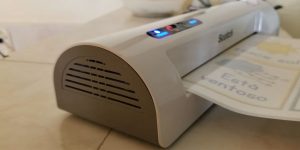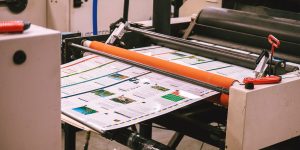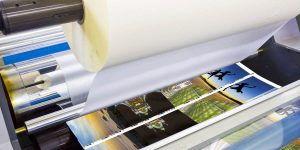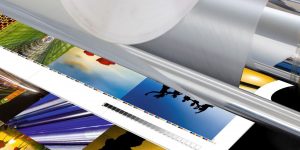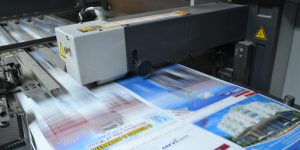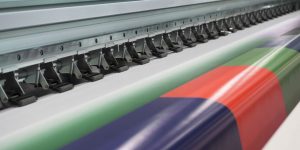It is not easy to answer this question. It depends on your purposes. If you are looking for laminating equipment that can do all jobs quickly, then a hot lamination machine is a better option for you. However, if you are more concerned about the cost of this process and some environmental aspects, the good idea is to choose cold-temperature laminators.
Cold laminators are slower in comparison with hot ones. For this reason, most commercial users prefer hot laminators. However, if you are looking for an environmentally friendly solution, you should choose a cold lamination machine. This device uses environmentally friendly technologies because of electromagnetic induction and soft sealing foils that help to save energy.
What is a hot laminator?
A hot laminating machine is a specially designed model for quick and efficient lamination. Hot laminating requires high temperature, pressure, and speed for good quality lamination. People use the hot laminator in many applications such as school and college projects, business presentations, etc.
There are two types of hot laminators available:
- The pouch type
- The large film type
Every type needs a different kind of laminator accessories and consumables.
Hot laminating machines function on heating rollers. It takes the laminated sheets, inserts them between heated rollers, and finally rolls them out with pressure to bond together.
What are the advantages and disadvantages of a hot laminator?
Let’s begin with some advantages, and, of course, it is speed. As we have mentioned before, it is a fast process, which usually lasts minutes. Besides, the hot lamination process doesn’t change the original color of the document.
However, it has some potential disadvantages, which include the risk of bubbles appearing on your laminated sheet and damage to documents caused by uneven heating. Additionally, excessive heat might damage your equipment.
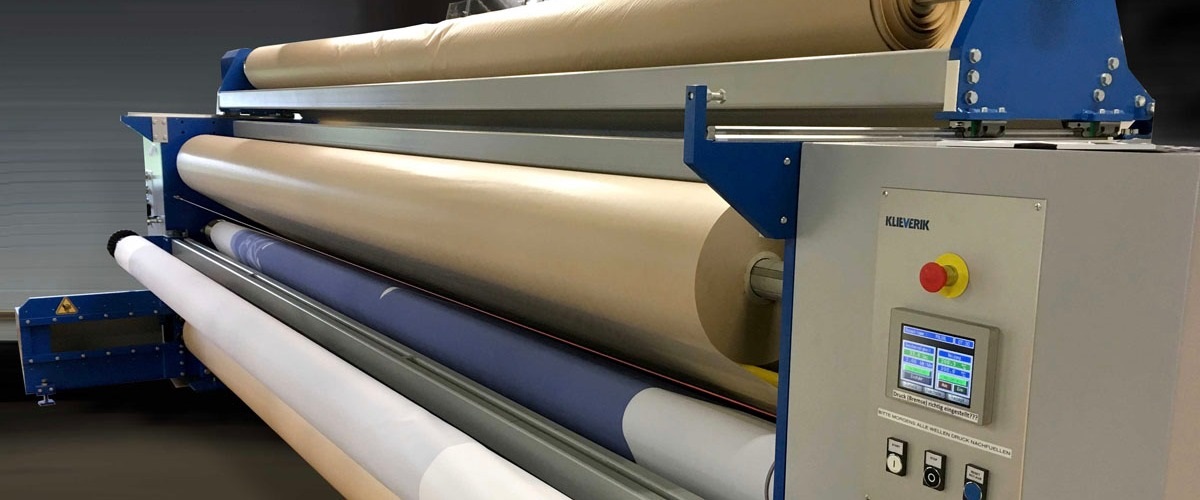
What is a cold laminator?
A cold laminator is a low-heat, solvent-free machine to laminate the paper. The essential characteristic of a cold laminator is using a small amount of heat not to damage or burn the paper when heating plastic film to adhere it to the surface of the printed products.
Cold lamination uses a cold roller that ideally saves all details on your document or photograph. The sheets get rolled between this roller and the lamination plastic, making sure there are no bubbles.
For small volume use, specialists recommend using cold temperature lamination machines. Cold laminators are also more eco-friendly because they work with delicate material and save energy.
What are the advantages and disadvantages of a cold laminator?
Using this laminator, you can avoid edge curl and bubble appearance that can occur during hot lamination. Moreover, it’s a good idea to save your money because of cost savings on upkeep, replacement parts, etc. A cold laminator is better for a small volume of work, such as presentations, one-off projects where there is no need to pay a lot of money.
Besides, it is more environmentally friendly than warm laminators that use power constantly.
However, you can come across some disadvantages. For example, it doesn’t work well with thick, heavy-duty materials because there is not enough heat to make it work properly. In addition, if you’re doing a large volume of work, you must spend more time than warm lamination.
We are supported by our audience. When you purchase through links on our site, we may earn an affiliate commission at no extra cost to you.
Our newsletter
* We will never send you spam or share your email with third parties


